- Elnaz Navidi Mjd
- information
- 561 views
- 3 comments
The Northern Lights, or Aurora Borealis, has been wowing people for centuries with its bright and colorful spectacle. This spectacular natural light show occurs when particles from the Sun enter Earth's atmosphere. Although you can see the northern lights in many places, Canada is one of the best places due to its large open spaces, dark sky and places near the Arctic. From the Nunavut quiet tundra to the peaceful Alberta mountain parks, Canada offers one of the best chances of testing this incredible view.
Table Of Content
- What are the Northern Lights all about?
- Why is Canada a top spot for viewing the Northern Lights?
- Best Canadian Regions to Spot the Northern Lights
- When to See the Northern Lights in Canada
- Cultural Significance of the Northern Lights
- How to Photograph the Northern Lights
- The Last Words of CyrusCrafts About Northern Lights in Canada
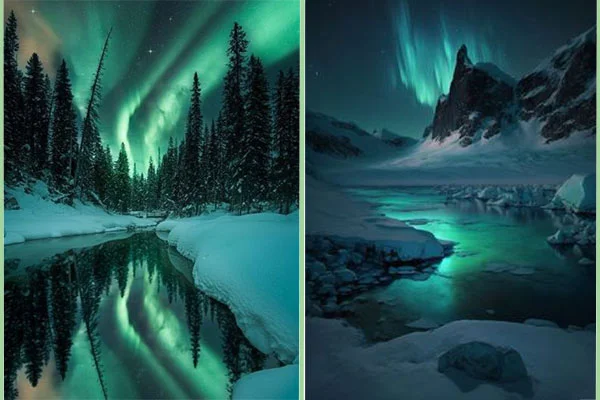
What are the Northern Lights all about?
The interaction between solar winds and the Earth's magnetic field causes the Northern Lights. When particles ejected from the Sun during solar flares hit the Earth's magnetosphere, they energize oxygen and nitrogen atoms high in the atmosphere. These atoms release photons, or light particles, resulting in shimmering curtains of color that can stretch across the sky. The intensity and color of the auroras depend on the type of gas and altitude:
- Green is the most common color, produced by oxygen at about 100 kilometers (60 miles) above Earth.
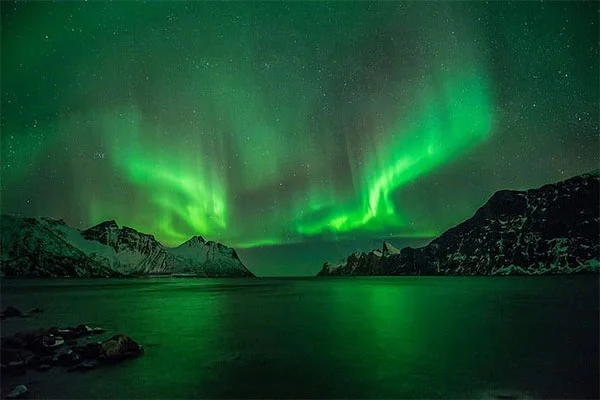
- Red occurs when oxygen atoms are energized at higher altitudes, above 200 kilometers (120 miles).
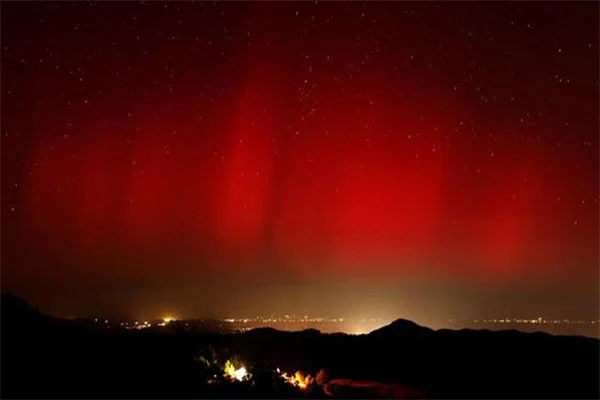
- Purples and blues appear when nitrogen molecules are involved in the interaction.
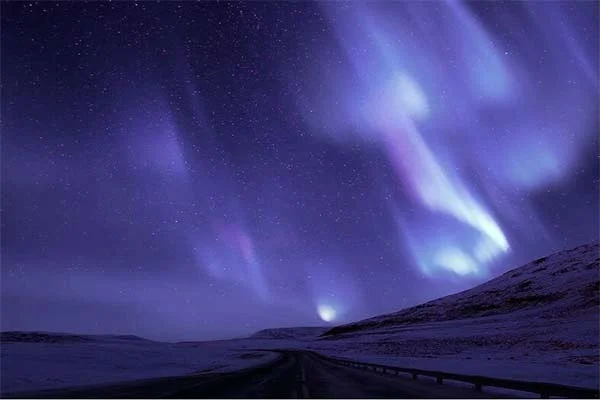
Though the Northern Lights can technically occur year-round, they are most visible in the winter when the nights are longest and the skies darkest.
Cyrus Crafts; Luxury & Unique Products
Why is Canada a top spot for viewing the Northern Lights?
Canada is an ideal place to see the geography of Aurora. Most of the country is located in the Auroral elliptical area around the magnetic pole of the Earth, which Aurora most frequently generates. Many places also have low populations and, therefore, less light pollution, making for a clear night sky. The aurora can be seen as far south as southern Ontario and British Columbia during periods of high solar activity. Still, the most spectacular shows are seen in the Northwest, Yukon, Nunavut, and northern areas such as Manitoba north, parts of Alberta, British Columbia, and Quebec.
Best Canadian Regions to Spot the Northern Lights
- Yellowknife: Yellowknife, Northwest Territories, is often referred to as the "Aurora Capital of the World," and for good reason: Located directly under the auroral oval and blessed with more than 240 nights of clear skies per year, Yellowknife offers some of the most consistent aurora viewing conditions on Earth. Visitors can participate in excursions or explore them independently to testify to the fascinating beauty of dawn covering the sky. The ideal time to visit is mid-August until the end of April.
- Whitehorse: Located in Canada's rugged northwest, Whitehorse is another popular destination for Northern Lights enthusiasts. The surrounding wilderness offers visitors plenty of opportunities to experience the Northern Lights in complete solitude, far from the distraction of city lights. In winter, it is the perfect place to bring other events such as dogs, snowmobiles, and hot sauce, combining adventure and aurora visualization.
- Churchill, Manitoba: Churchill is famous for its polar bears and is also a great place to see the Northern Lights, especially from January to March. The lights can be bright and colorful, and they often last for hours. Besides the lights, you can enjoy local culture and see other Arctic animals too.
- National Parks: Alberta is known for its stunning mountain landscapes, and some of Canada's National Parks, like Banff and Jasper, also offer a spectacular backdrop for viewing the Northern Lights. While not as far north as Yellowknife or Whitehorse, these parks have dark skies and low light pollution, providing great visibility. The auroras often appear over the towering peaks and serene lakes, creating picture-perfect moments for photographers and nature lovers alike.
-
Iqaluit, Nunavut: Churchill is famous for its polar bears and is also a great place to see the Northern Lights, especially from January to March. It's located right under the Aurora Oval so that visitors can enjoy beautiful colors in the sky for hours. Besides the lights, you can also experience local culture and see Arctic wildlife.
When to See the Northern Lights in Canada
Although the Aurora Borealis can be seen all year round in parts of Canada, the best time to see them is in winter, from late September to early April, when the nights are long and dark, especially in northern regions. December and January are often considered rush months because the Sun is barely rising above the horizon, offering long periods of darkness to an optimal Aurora vision. To maximize your chances of seeing Aurors, it is important to check the Aurora forecasts. Several online resources and apps provide up-to-date information on solar activity and the intensity of the aurora to help you plan your viewing.
Cultural Significance of the Northern Lights
For the indigenous peoples of Canada, the ghosts of the North have a deep spiritual and cultural meaning, and many First Peoples and Inuit consider the lights of the North as a bridge towards the spiritual world. While the Inuit often believe that light is a set of hereditary spirits, the legends Krey say that the lights are hereditary torches that cover the path of the soul towards the beyond - the interpretation that fills this phenomenon naturally with a deeper meaning and distinguishes a constant link between people and the world of nature.
If you are interested in getting more information about the culture in Canada, click these articles:" Canadian Indigenous Cultures and History , Cultures in Canada: A Study on Canada's Multiculturalism. "
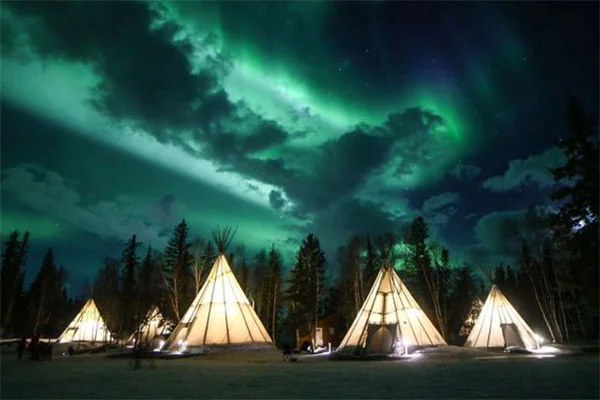
How to Photograph the Northern Lights
Capturing the Northern Lights on camera can be a challenge, but with the right equipment and settings, you can preserve the beauty of the auroras. Here are some tips for photographing the Northern Lights:
- Use a DSLR or Mirrorless Camera: Smartphones often struggle to capture the vivid details of the auroras, so using a DSLR or mirrorless camera with manual settings is recommended.
- The tripod is Essential: Since long exposure shots are needed to capture faint lights, a sturdy tripod is crucial to avoid shaky or blurry images.
- Adjust Camera Settings: Set your camera to manual mode, and use a high ISO (between 800 and 3200), a wide aperture (f/2.8 or lower), and a long exposure time (5 to 30 seconds, depending on aurora activity).
- Focus on Infinity: Since the auroras are far away, set your lens to infinity focus for sharp images.
Experiment with Exposure: Every aurora display is different, so play with exposure times to capture the best results, depending on the brightness and movement of the lights.
The Last Words of CyrusCrafts About Northern Lights in Canada
We appreciate you taking the time to read our Northern Lights in Canada. We mentioned The Northern Lights are one of nature's most beautiful and awe-inspiring spectacles, and Canada offers some of the world's best locations for viewing this celestial show. Whether you're standing under the vibrant skies of Yellowknife, the rugged wilderness of Whitehorse, or the quiet remoteness of Iqaluit, the Northern Lights are an experience that will leave you spellbound. So, if you've ever dreamed of seeing the auroras dance across the night sky, pack your warmest clothes, head north, and prepare to witness one of the most extraordinary displays that nature has to offer.








Comments (3)